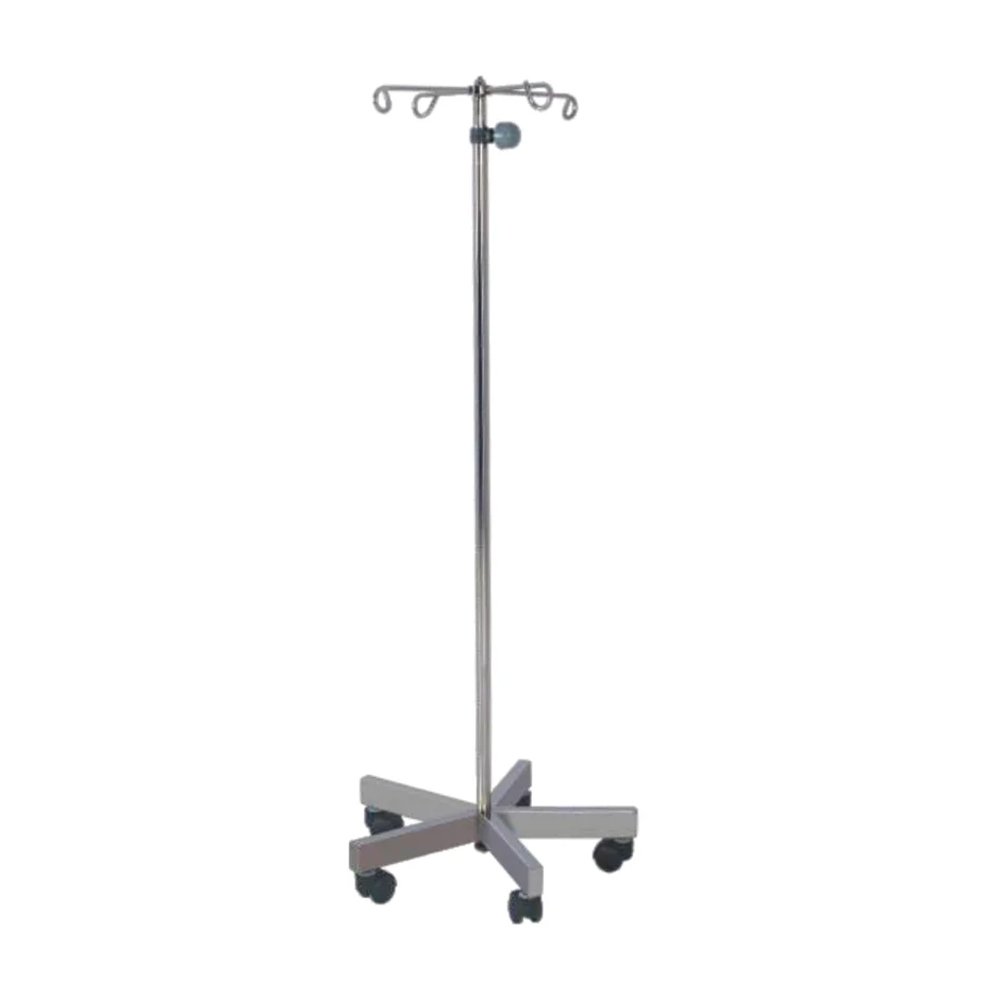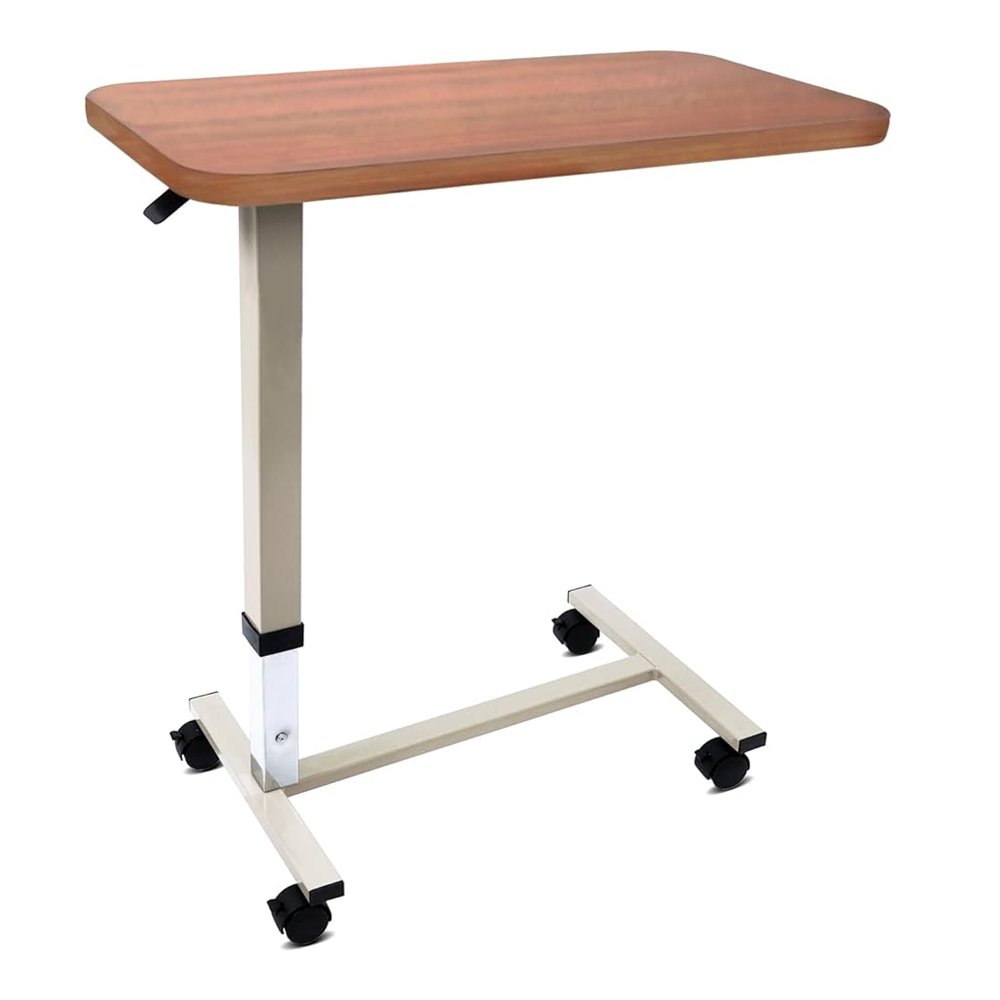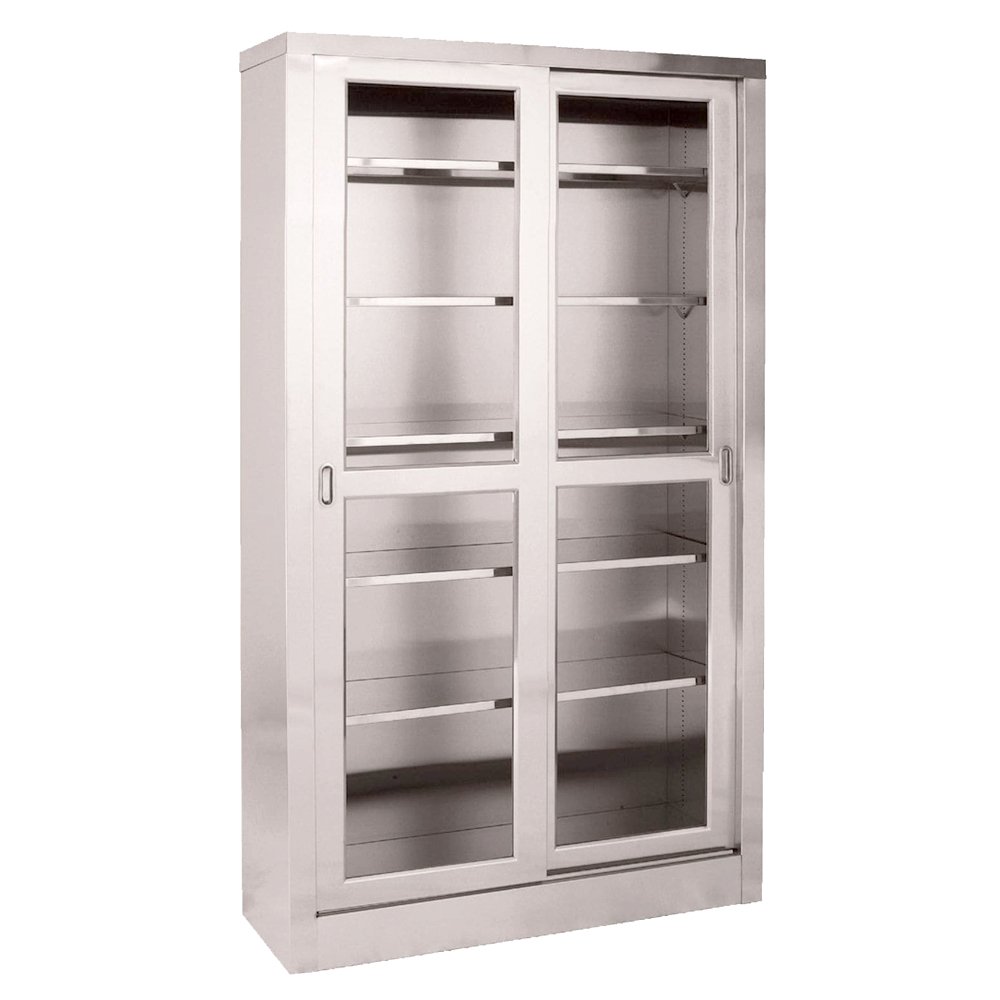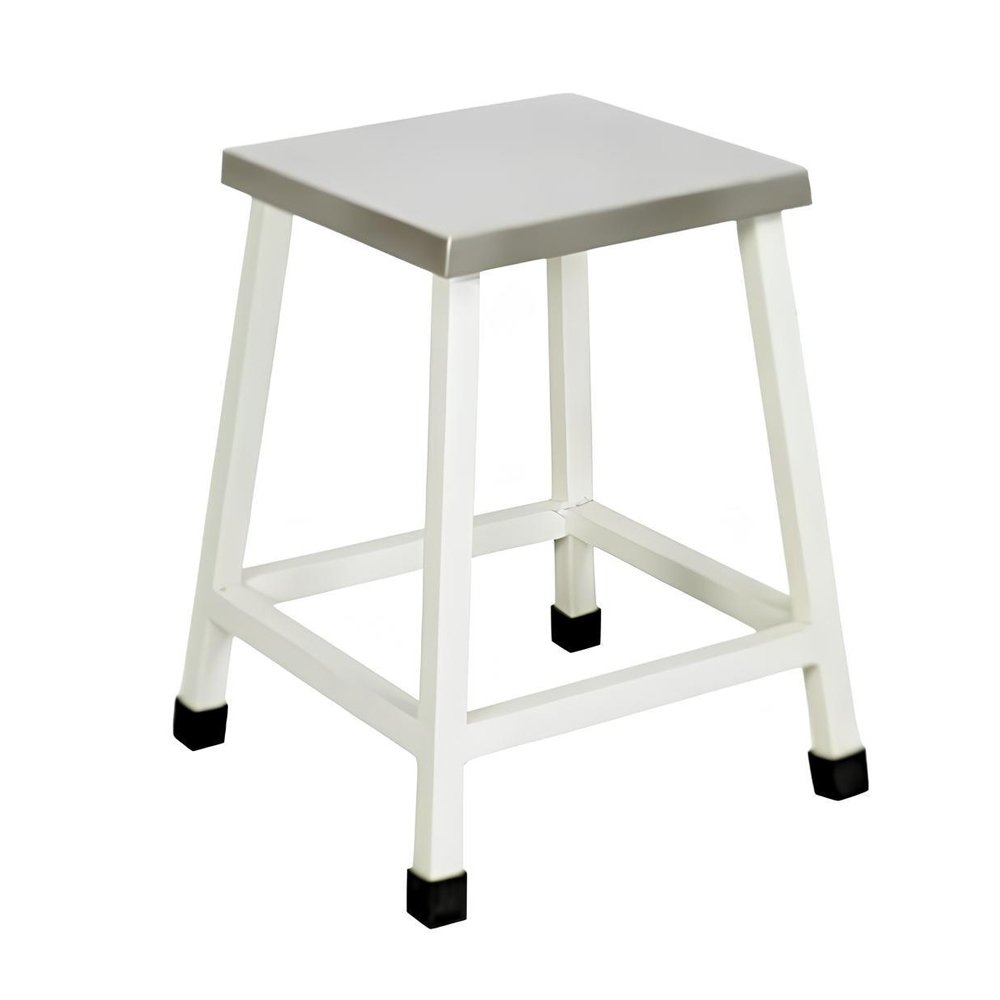Key features and characteristics of a saline stand typically include:
Multiple Hooks or Hangers: The stand typically features multiple hooks or hangers to accommodate several IV bags or infusion pumps simultaneously. This allows for the administration of various medications or fluids during a single treatment session.
Swiveling Hooks: Some saline stands come with swiveling hooks that rotate freely, making it easier for healthcare providers to adjust the positioning of IV bags or tubing without disrupting the patient or the IV line.
Wheels or Castors: Saline stands are equipped with wheels or castors, providing mobility for easy transport within healthcare facilities. This allows healthcare providers to move the stand between patient rooms or treatment areas efficiently.
Locking Mechanism: Many saline stands come with a locking mechanism on the wheels to secure the stand in place when necessary. This ensures stability during the administration of intravenous treatments.
Integrated Accessories: Some models of saline stands may include additional features, such as integrated accessory trays or hooks for holding medical equipment, tubing organizers, or pole-mounted infusion pump brackets.
User-Friendly Controls: Height adjustment controls on the saline stand are designed to be user-friendly, allowing healthcare providers to easily raise or lower the IV pole to the desired level.
Weight Capacity: Saline stands are designed to support a specific weight capacity to ensure they can safely carry the required IV fluids and equipment during treatment.
Adjustable Height: One of the primary features of a saline stand is its adjustable height mechanism. This allows healthcare providers to customize the height of the IV pole according to the patient’s needs, ensuring that the IV bag or solution is positioned correctly for optimal flow and administration.
Sturdy Construction: Saline stands are constructed with materials such as aluminum or stainless steel to provide durability and stability. The base of the stand is often designed to be wide and weighted to prevent tipping and ensure the safety of both patients and healthcare providers.






Reviews
There are no reviews yet.